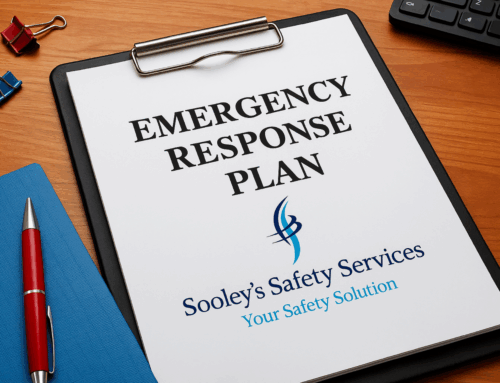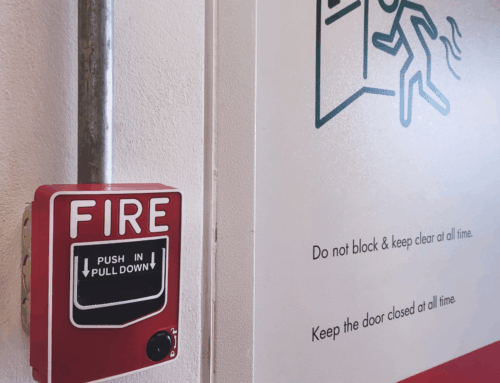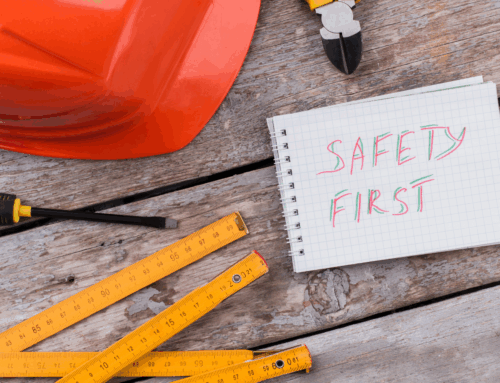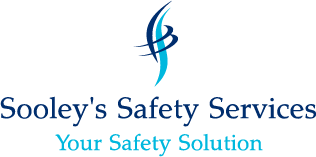In today’s fast-paced and ever-evolving work environment, workplace safety shouldn’t just be a checkbox on a list; it must be an ongoing commitment. One of the most effective ways to bolster this commitment is by conducting regular safety audits. As a workplace safety consultant, I’ve seen firsthand the profound impact that these audits can have on an organization’s safety culture, employee morale, and overall operational efficiency. In this blog, I’ll delve into why safety audits are crucial and how they can help create a safer workplace for everyone.
What Are Safety Audits?
Before we dive into their importance, let’s clarify what safety audits are. A safety audit is a systematic evaluation of a workplace to identify and assess safety risks and compliance with safety regulations and standards. These audits can take many forms, including comprehensive inspections, training assessments, and policy evaluations. Conducted regularly, they allow organizations to pinpoint hazards and implement strategies to mitigate risks effectively.
Identifying and Mitigating Hazards
The primary objective of safety audits is to identify potential hazards before they lead to accidents. Regular audits encourage a proactive approach to safety, allowing organizations to mitigate risks before they escalate into significant issues. Whether it’s unsafe machinery, inadequate training, or insufficient emergency protocols, audits provide a framework for organizations to address these challenges head-on.
Enhancing Compliance with Regulations
Occupational safety regulations are constantly evolving. Regular safety audits help organizations stay compliant with federal, state, and local regulations. Non-compliance can lead to hefty fines, legal repercussions, and damage to an organization’s reputation. By maintaining compliance through regular audits, organizations not only protect their employees but also safeguard their business interests.
Fostering a Safety Culture
A strong safety culture is essential for any organization. When safety becomes a core value, employees are more likely to adhere to safety protocols and prioritize their well-being and that of their colleagues. Regular audits demonstrate management’s commitment to safety, encouraging employees to actively participate in maintaining a safe work environment. When workers see that their company values safety, they are more likely to report unsafe conditions and suggest improvements.
Improving Employee Morale and Productivity
When employees feel safe in their work environment, their morale and productivity tend to increase. Regular safety audits signal to employees that their health and well-being are top priorities. When workers feel valued, they are more engaged and motivated, which can lead to enhanced productivity. Conversely, neglected safety issues can lead to a toxic work environment where employees feel anxious and unvalued, ultimately affecting their performance.
Facilitating Continuous Improvement
Safety audits provide a foundation for continuous improvement. They allow organizations to track safety performance over time and identify trends. Organizations can adapt their policies, training, and operational processes based on audit findings to create an environment that continuously evolves to meet safety standards and employee needs. This commitment to improvement not only minimizes risks but also positions the organization as a leader in workplace safety.
Protecting the Bottom Line
It’s essential to remember that safety and productivity are intrinsically linked to the financial health of an organization. Accidents and injuries lead to significant costs – from WSIB Premiums and legal fees to lost labor and decreased productivity. By investing in regular safety audits, companies effectively prevent accidents and the associated costs, ultimately protecting their bottom line.
Conclusion
As organizations strive to create a safer work environment, regular safety audits should not be seen as a burdensome requirement but as an invaluable investment in their workforce and operations. By identifying hazards, ensuring compliance, fostering a culture of safety, and driving continuous improvement, safety audits play a pivotal role in safeguarding both employees and organizational success.
If your organization has not yet prioritized safety audits, I encourage you to take the first step today. Engaging a workplace safety consultant can help you establish an effective audit process and cultivate a culture of safety that protects your most valuable asset – your people. Let’s make safety a priority, not just a protocol.







